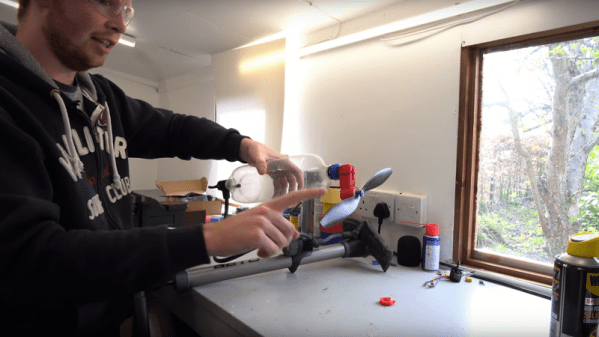Op amps. Often the first thing that many learn about when beginning the journey into analog electronics, they’re used in countless ways in an overwhelmingly large array of circuits. When we think about op amps, images of DIPs and SOICs spring to mind, with an incredibly tiny price tag to boot. We take their abundance and convenience for granted nowadays, but they weren’t always so easy to come by.
[Mr Carlson] serves up another vintage offering, this time in the form of a tube op amp. The K2-W model he acquired enjoyed popularity when it was released as one of the first modular general purpose amplifiers, due to its ‘compact form’ and ‘low price’. It also came with large application manuals which helped it to gain users.
In order to power up the op amp and check its functionality, +300V and -300V supplies are needed. [Mr Carlson] is able to cobble something together, since it’s very apparent that he has an enviable stash of gear lying around. A 600V rail to rail supply is not something to be taken lightly, though it does give this particular model the ability to output 100V pk-pk without any distortion.
The op amp is set up as an inverting amplifier, and once powered on proves to work flawlessly. As always, the video is an entertaining watch, stuffed full of retro electronics trivia. We’re big fans of [Mr Carlson]’s work, and have previously written about his adventures with a colossal walk-in AM radio transmitter, as well as his restoration of a 1930s oscilloscope and subsequent transformer de-potting.
Continue reading “Op Amps Before Transistors: A 600V Vacuum Tube Monster”




















